Foraging & Using Creeping Charlie (Ground Ivy)
Learn how to identify and forage Creeping Charlie, an edible spring weed, plus instructions to turn it into a tincture!
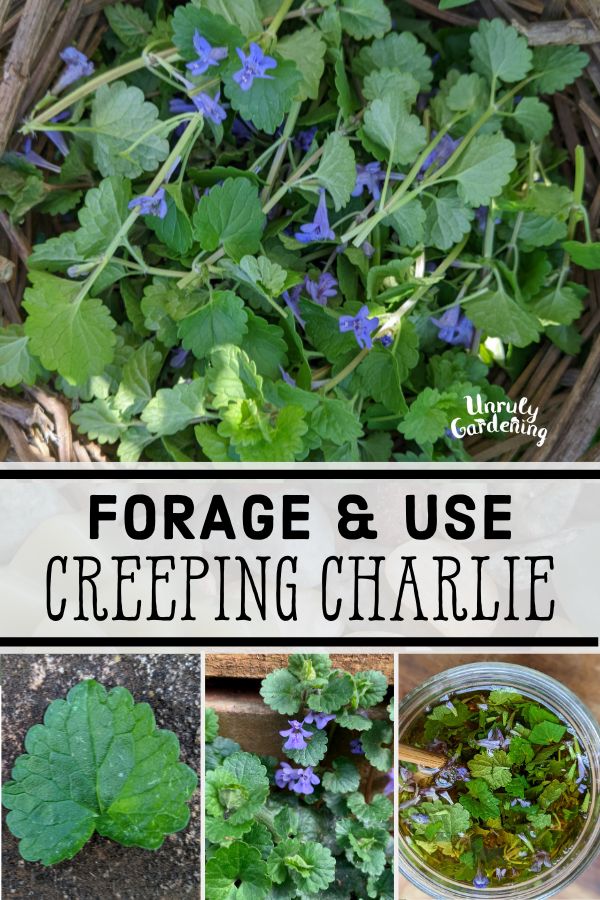
Creeping Charlie (Glechoma hederacea) – also known by the common names “gill-over-the-ground”, “ale-hoof”, “run-away-robin” and “ground ivy” – is a fast-growing, perennial weed that grows low to the ground. Many gardeners find it the bane of their existence! But, it does provide some value to foragers and herbalists.
Here’s a photo of Creeping Charlie (Ground Ivy) taking over the flower bed I have right in front of our catio:

Last year, this bed was filled with annual flowers and some valerian. Creeping Charlie took over during the fall and winter and grew into dense mats in just a few short months!
We also have some large sections of Ground Ivy taking over some sunny woodland spots, including one that’s not super far from our treasured 40+ year old patch of pink lady slippers.

For this reason, I find myself pulling handfuls of Creeping Charlie every year. Since it’s an aggressive plant that crowds out and suppresses the growth of native plants and isn’t a good pollen source for bees, don’t feel bad for pulling up or controlling large swaths of Creeping Charlie from your gardens or yard.
There’s no shortage and some of the plants you remove can still be put to good use!
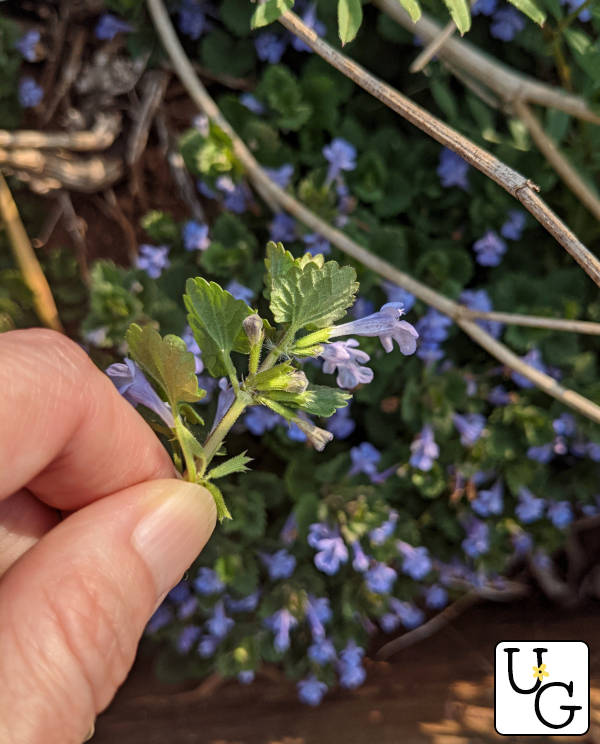
Identifying Creeping Charlie (Ground Ivy)
First up, let’s take a close look at the identifying features of Creeping Charlie, plus some potential look-alikes that it might be confused with.
Leaves & Stem Info & Photos
Creeping Charlie leaves are round or kidney-shaped and they have scalloped edges. You can find them growing opposite from each other along a square-shaped stem.
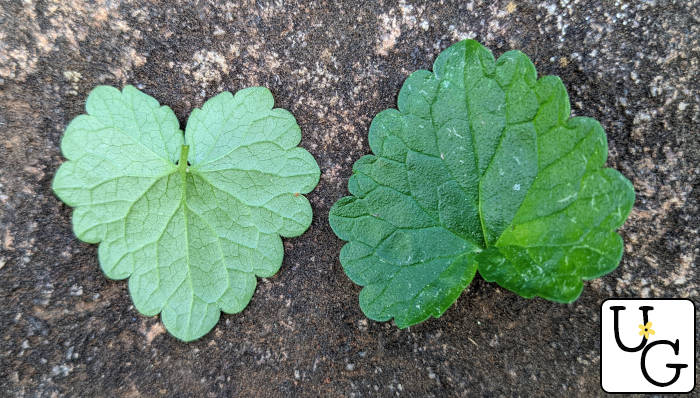
If you crush a few leaves between your fingers, you’ll smell a pungent scent – it’s kind of minty, with a strong herbal overtone. (It is its own thing, but the closest way I can describe the scent is a combination of mint, rosemary, and mustard greens.)

Flowers Info & Photos
The small flowers of Ground Ivy (Creeping Charlie) are purple to purple-blue and funnel shaped. They emerge from the leaf axils (which means they grow from the same place the leaves do) and are divided into an upper lip and a smaller lower lip.
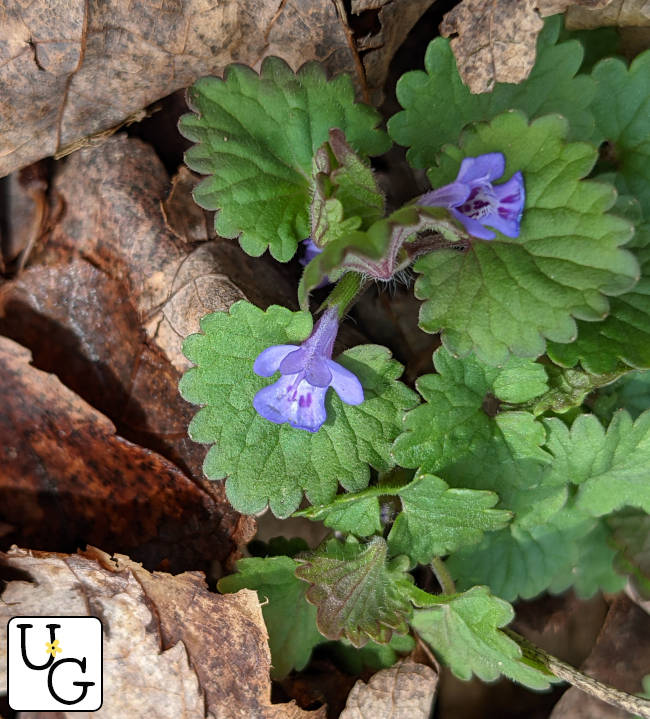
The upper lip is notched and extends out over the lower lip. The lower lip is made up of three petals with darker purple spots and streaks on them – one larger center petal, and two smaller ones on either side. The flower’s “throat” has visible hairs.

Depending on where you live, Creeping Charlie flowers could be in bloom between March and June, or whenever you have mid-spring weather.
Ground Ivy Galls
You might sometimes spot a weird growth when picking Creeping Charlie. I’ve put a photo below so you can see it close-up.

These are called Ground Ivy Galls and are formed by cynipid wasps when they lay an egg in the stem or leaf of a plant. As the larva grows, so does the gall. This doesn’t hurt the plant, just provides a cozy spot for the wasp larva to grow.
(Don’t worry, these wasps won’t harm the plant or you. Just leave them and let them do their nature-thing!)

Creeping Charlie Look-Alikes
Two other spring flowering weeds that are often confused for Creeping Charlie are Purple Dead Nettle and Henbit. They bloom at overlapping times, but in general, Purple Dead Nettle flowers tend to appear first, then Henbit, then Creeping Charlie.
Self Heal blooms later in the year and has different leaves, but the flowers have a similar petal structure, and could potentially also be confusing for new foragers.
Purple Dead Nettle
Lamium purpureum, also called Purple Dead Nettle, Red Deadnettle, or Purple Archangel is a winter and early spring annual. You can see that the leaves are triangular or spade-shaped, instead of rounded and scalloped like Creeping Charlie. The flowers are also a different shade and shape.
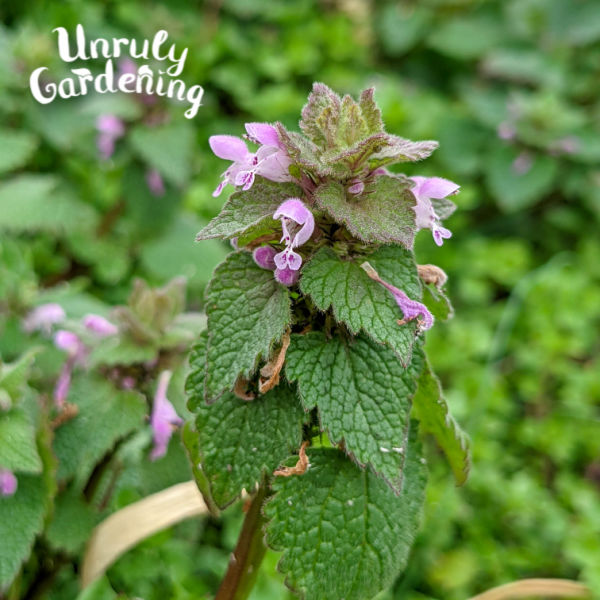
You can read a lot more about Purple Dead Nettle + see helpful ID photos in our article: Differences Between Henbit and Purple Dead Nettle
Henbit
Lamium amplexicaule, also called Henbit, Henbit Deadnettle, or Hen and Bitty, is also a late winter and early spring annual. While they do have scalloped leaves, the flowers are a brighter pink color than Purple Dead Nettle or Creeping Charlie. The leaves also wrap around directly against the stem, instead of having the separate little leave stems that Creeping Charlie has.

For more pictures and information about Henbit, be sure to read our article:
Differences Between Henbit and Purple Dead Nettle
Self Heal
Prunella vulgaris, also called Self Heal or Heal All, is a low growing perennial that blooms later in the year – around mid to late summer. While it has a square stem like Creeping Charlie, the leaves are completely different, longer and oval rather than rounded and scalloped.
The flowers though do have an upper lip or hood, that hangs over the lower lip – made of three petals, similar to Creeping Charlie.
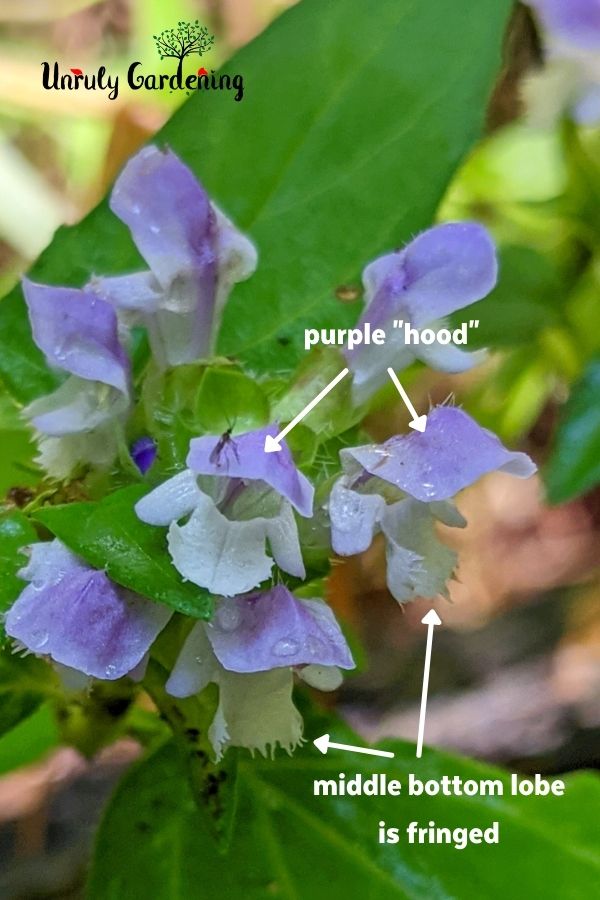
You can see a lot more photo IDs and information in our article:
How to Use Creeping Charlie
It goes without saying, but if you plan to eat Creeping Charlie or use it on your skin, be sure to collect from areas that haven’t been sprayed with herbicides, pesticides, or used as a doggie bathroom spot.
Anyone can be allergic to any plant, so if it’s your first time using Creeping Charlie, eat a small amount, or do a small spot test on your inner arm and see how you react.

As Food
The young leaves can be added to salad, or cooked similar to spinach. They have a strong, peppery bite to them, especially as they get older.
To harvest Creeping Charlie for food, collect the leaves and flowers, making sure that you pick only the nicest looking leaves. Leave behind any that are browned, torn, or fading, or any that are covered in dirt or sand. Rinse under cool water and pat dry, or if possible, use a salad spinner to dry them.
According to a study published in 2022, Creeping Charlie is high in protein, insoluble fiber, phenolic compounds (antioxidants), potassium, calcium, and other nutrients. It’s also high in rosmaric acid.

To be honest, I don’t think it tastes that great as a food item! I classify it more as a survival situation food, but some people appear to enjoy eating Creeping Charlie, and it has the bonus of being free, nutritious, and easily available during cooler months, so try it for yourself and see what you think.
The flowers have almost no flavor and can be tossed onto a salad to give color, similar to how you’d add violets or redbud flowers as a colorful topping.

As Tincture
Where Creeping Charlie really shines, is when it’s used for its herbal properties. In days past, it was used for coughs, bronchitis, consumption (tuberculosis), indigestion, kidneys, and headaches. It was so well-used, that settlers from Europe purposely brought it to North America to plant. Over time, it fell out of common use, but it still has practical uses for today’s times.
Modern science has shown that Creeping Charlie may be good for liver protection, and as an anti-inflammatory, among other things. Hopefully, more studies will be done in the future!

How to Make Creeping Charlie Brandy & Honey Tincture
This tincture can be useful for upper respiratory stuff – think head colds, earaches, tinnitus, and stuffy sinuses. Start with trying 2 to 3 drops (we like to mix it with a spoonful of honey) and see how it makes you feel. As needed, you can increase the dose to a full dropper (20 to 30 drops), and take it several times a day, for a few days. (Per usual advice, consult your health care provider if you feel worse or have specific questions or concerns.)
Tincture Ingredients:
- fresh Creeping Charlie
- some honey
- brandy
- a small glass jar with a tight fitting lid
Instructions:
- Fill a small jar about half-way with well-chopped, fresh Creeping Charlie. Use the leaves, stem, and flowers.
- Add a large spoonful of honey to the jar, then add brandy (or vodka would work too) until the jar is almost full.
- Leave a little room at top for expansion of the herbs.
- Stir well with chopstick, cap, and place in a dark cabinet to infuse for at least 2 to 3 weeks.
- Strain. Store in a cool spot, out of direct sunlight.
- Shelf life of tinctures is usually at least 1 year.
Recipe Note:
The amount of honey is added for taste, plus honey has its own health benefits when it comes to coughs and earaches. Don’t worry about adding too much or too little honey; you could even leave it completely out if you’d like.

To Dry the Flowering Plant
You may also wish to dry some, to experiment with making teas, salves, and such.
To dry Creeping Charlie, simply collect the plant when it’s not covered in rain or dew, and spread it out in an even layer over drying screens or paper towels. Keep in the open air for several days, or until completely dried. Store in brown paper bags or glass jars out of direct sunlight. Shelf life is as long as the herbs still smells nice and has some color. Drab, brown herbs with no scent have lost most of their benefits.

Resources & Further Reading
Chao, Wen Wan, et al. Phytochemical composition and bioactive effects of ethyl acetate fraction extract (EAFE) of Glechoma hederacea L. Journal of Food Biochemistry; Volume 45, Issue 7, July 2021, e13815.
Crellin, John K. and Jane Philpott. A Reference Guide to Medicinal Plants: Herbal Medicine Past & Present. Duke University Press, 1997. Print.
Native American Ethnobotany Database – entry for Glechoma hederacea, accessed online May, 2023.
Šeremet, Danijela, et al. Comprehensive Study of Traditional Plant Ground Ivy (Glechoma hederacea L.) Grown in Croatia in Terms of Nutritional and Bioactive Composition. Foods. 2022 Mar; 11(5): 658.
Šeremet, Danijela, et al. Development, Characterization and Incorporation of Alginate-Plant Protein Covered Liposomes Containing Ground Ivy ( Glechoma hederacea L.) Extract into Candies. Foods. 2022 Jun 20;11(12):1816.
Sile, Inga, et al. Wild-Grown and Cultivated Glechoma hederacea L.: Chemical Composition and Potential for Cultivation in Organic Farming Conditions. Plants (Basel, Switzerland). 2022 Mar; 11(6): 819.
Wang, Ya-Yu, et al. Glechoma hederacea extracts attenuate cholestatic liver injury in a bile duct-ligated rat model. Journal of Ethnopharmacology; Volume 204, 23 May 2017, Pages 58-66.
Wood, Matthew. The Earthwise Herbal, Volume I. Berkeley, CA: North Atlantic Books, 2008. Print.
Our articles are for information and idea-sharing only. While we aim for 100% accuracy, it is solely up to the reader to provide proper identification. Be sure to seek out local foraging classes and plant walks, and invest in foraging guides suitable for the area you live in, since some wild foods may have adverse effect.

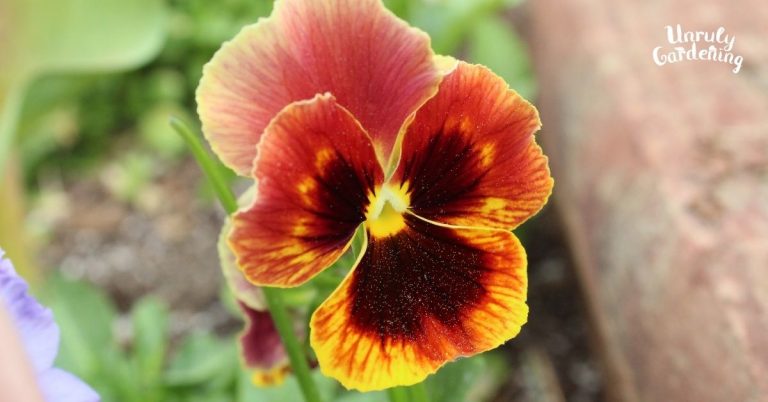
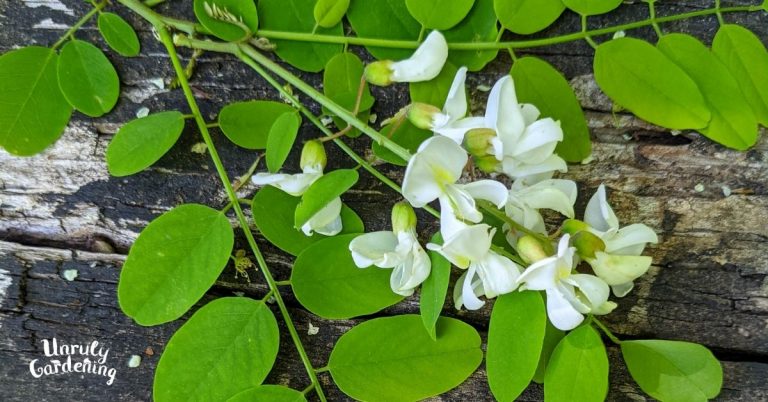
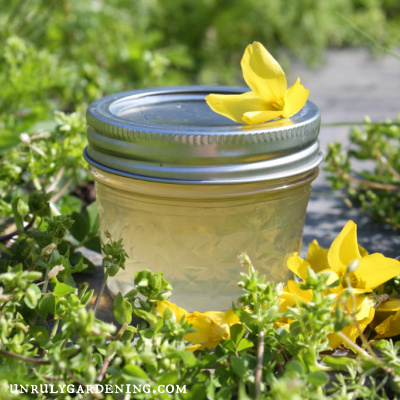
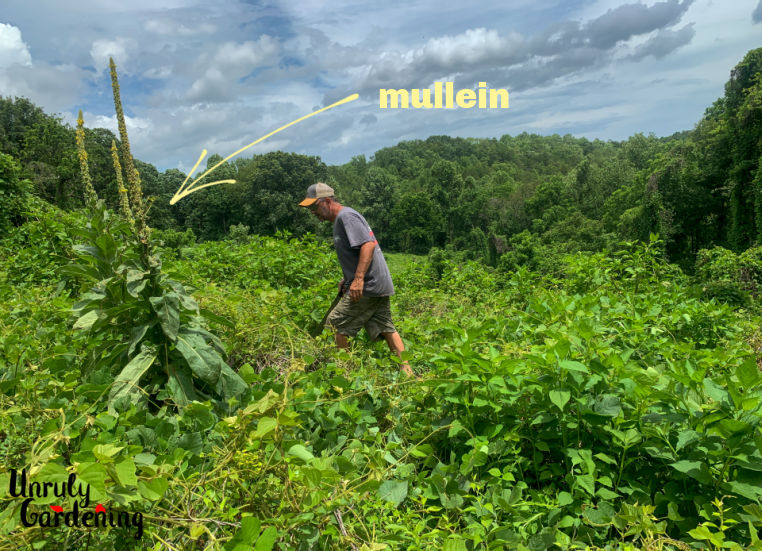
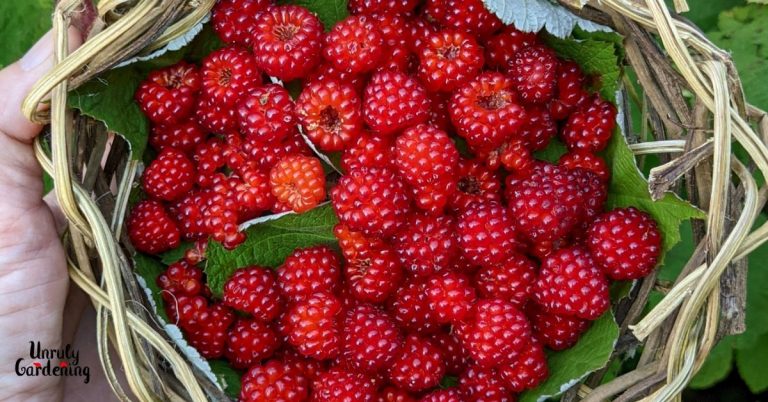
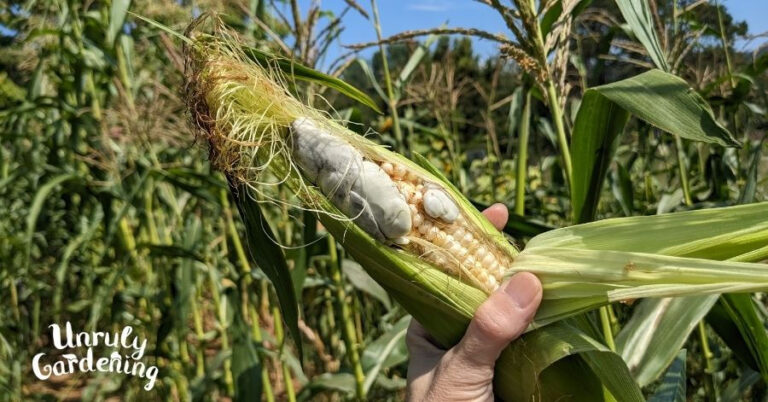
Creeping Charlie overtakes my garden every year. I pull up mounds of it. I enjoy the smell. I will now try using it in tinctures and salves. Thank you so much! I’ve bookmarked your website. 😁